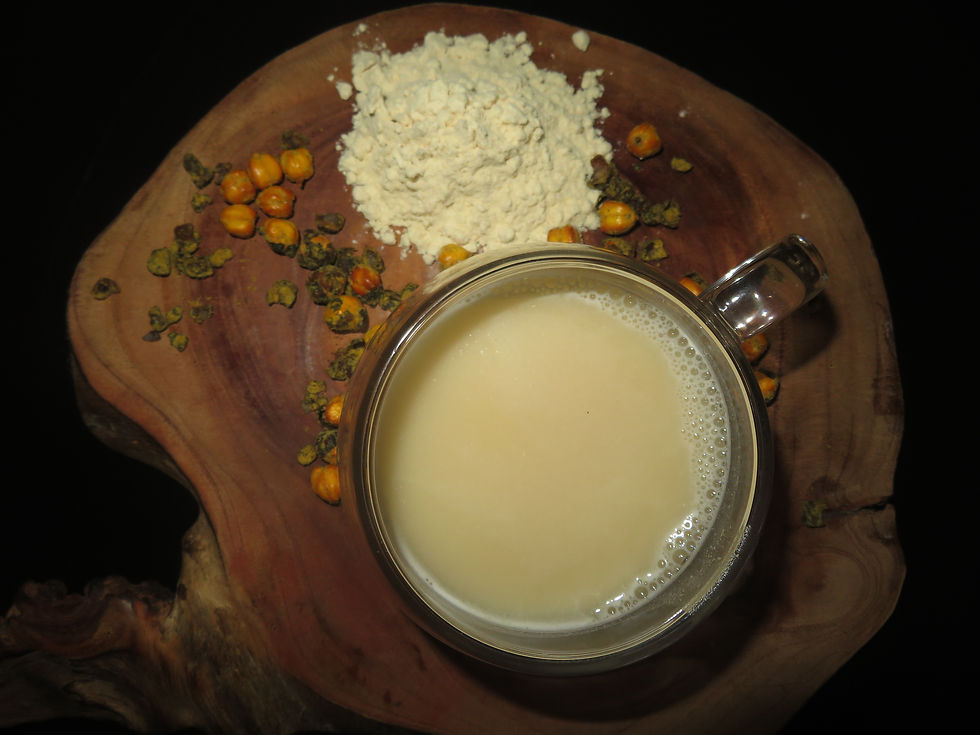More than just sweet; Honey
- mitu khaitan
- Oct 1
- 2 min read

Before sugar became the default (and before we started putting stevia in everything) there was honey. Thick, golden, slow-moving honey. The kind that lives in glass jars, crystallises when forgotten, and still somehow tastes perfect years later.
It’s been around for thousands of years. Literally. Archaeologists found 3,000-year-old pots of honey in Egyptian tombs that were still edible. You can’t say that about your granola bars. Ancient India didn’t need proof, Ayurveda was already writing about honey as a balancing, healing food long before science caught up.
But let’s get specific. Honey isn’t just sugar. It has antibacterial and antifungal properties, small amounts of enzymes, and antioxidants. It’s been used for sore throats, wound healing, skin care, and to make hot water taste less like punishment. It’s also got a low water content and high acidity, which means it resists spoilage almost magically.
And the Indian connection? Deep. From madhu in the Vedas to the sticky-sweet shehed in your kitchen drawer, honey has always had a place in the Indian kitchen and medicine box. It’s mixed into kadhas, drizzled over ghee-soaked rotis, added to face packs, and occasionally, just eaten by the spoon because someone said it helps your memory.
Of course, not all honey is equal. The stuff in plastic bears is usually filtered and blended. But raw honey tastes like the flowers the bees visited. Sometimes sweet, sometimes sharp, sometimes with a little bite. That variation is the whole point. Honey doesn’t try to be consistent. It just reflects where it came from.
In a food world obsessed with precision, honey is a reminder that some things are meant to change with the seasons. And that not everything sweet needs to be complicated.








Comments